There are many reasons for undergoing a breast augmentation, such as to enhance a breast that is naturally small or to restore volume that may have been lost as a result of weight loss, pregnancy or breastfeeding.
Did you know…
that the popularity of breast augmentation is at an all-time high? According to the American Society of Plastic Surgeons, augmentation mammaplasty is 45 percent more common than it was in 2000. In 2008 alone, surgeons performed more than 300,000 of the procedures. Breast augmentation seems to be a popular cosmetic choice among women of all ages, though the majority of patients are between ages 17 and 55.
Frequently Asked Questions
Am I a candidate for breast augmentation?
You may be a candidate for breast augmentation if you are self-conscious or bothered by the size, shape or symmetry of your breasts. The FDA approves the use of saline implants if you are at least 18 years of age, or your choice of saline or silicone implants if you are age 22 or older.
What should I expect during a breast augmentation?
Prior to your procedure, you’ll undergo pre-operative lab work and be instructed to avoid food and drinks on the day of your surgery. You’ll be placed under general anesthesia for the duration of your procedure, meaning you’ll feel and remember nothing regarding the surgery. Depending on the type of implant you receive, your surgeon will make a small incision beneath the breast, around the nipple, or under your arm. The implant will be secured in place and your incision sutured shut. Most breast augmentations take no more than two hours and are usually performed on an outpatient basis.
Will I need to follow a post-operative instructions?
Yes. It is normal to experience some swelling and soreness in the days following your procedure, and you may be advised to avoid certain physical activity for several weeks after the surgery. You also may be instructed to take certain medications and to return to your surgeon’s office for a follow-up visit within 6 to 8 weeks after your surgery.









